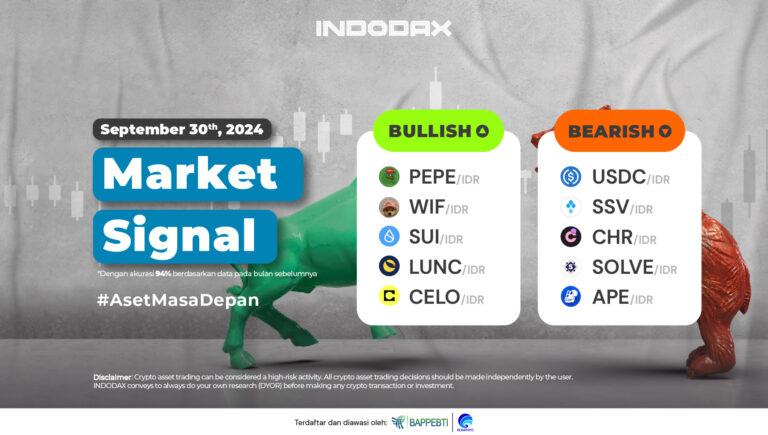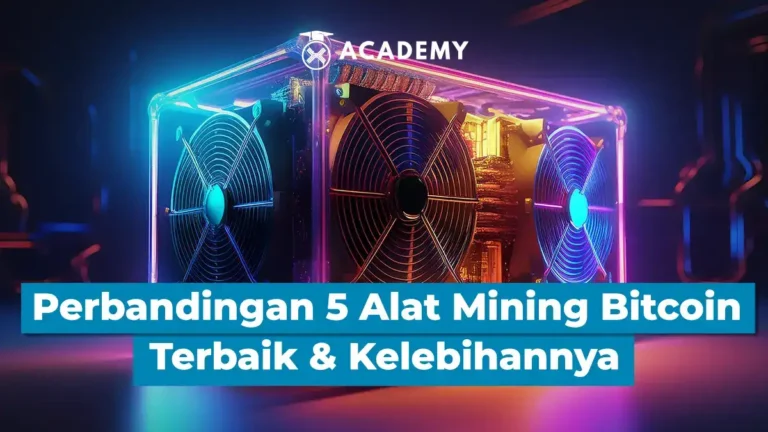Since the late 2000s, the blockchain ecosystem has undergone significant development. In about 15 years, blockchain technology has had various features such as consensus algorithms, , smart contract,, and various other innovations.
This makes the blockchain platform develop further, not only as a means of creating crypto assets. Now, blockchain has become a digital solution that offers various answers to the challenges faced by various business sectors.
If you’re interested in utilizing this technology in your business or startup, now is the perfect moment. In this review, we’ll also talk about how to build a blockchain from scratch.

Reasons for Creating Your Own Blockchain Network
Before discussing the need to build your own blockchain network, we should first review the benefits that can be gained.
The core technology of blockchain offers three main advantages to both individuals and businesses: decentralization, anonymity, and the elimination of third parties.
These features provide a strong foundation for creating a more secure and transparent network. For businesses, blockchain is becoming an essential tool in dealing with modern challenges.
In industries such as healthcare, insurance, and finance, the application of blockchain brings significant benefits. In the healthcare sector, for example, the technology enables more efficient and secure management of patient data.
As for the insurance sector, blockchain can reduce the risk of fraud, while in the financial world, this technology simplifies cross-border transactions without the need for intermediaries.
Steps on How to Create Your Own Blockchain
The following is a step-by-step guide to building your own blockchain that you need to know, including:
1. Define Use Cases for Your Network
Since blockchain technology will change the way transactions are made in the future, prospective developers need to be well-qualified and well-versed. Before you start building your own blockchain, you need to find a relevant business use-case.
2. Choosing a Relevant Industry
Customizing blockchain according to the needs of the targeted industry, such as healthcare, finance, logistics, and others, is crucial to ensure the technology provides effective and efficient solutions for the business.
Each industry essentially has specific needs and challenges that can be addressed by the use of blockchain. Therefore, it is important to understand the characteristics and problems faced before implementing this technology.
3. Choosing a Consensus Algorithm
The first blockchains used Proof of Work as the consensus mechanism, which supported the crypto asset Bitcoin.
However, today’s distributed ledger systems include various mechanisms such as Proof of Stake, Byzantine Fault Tolerance, Federated Byzantine Agreement, Delegated Proof of Stake, and others. Choose the consensus technique that best suits your use-case.
4. Choosing the Optimal Protocol
The next step is to build processes on the blockchain using the right protocol. For this, you’ll need the help of an experienced blockchain developer.
There are many popular protocols to consider, such as Ethereum, Hyperledger, Polygon, MultiChain, Quorum, and others.
5. Choosing a Programming Language for Smart Contracts
Currently, Ethereum is one of the leading protocols often used for the development of new blockchain networks because it provides a variety of superior features.
Ethereum also uses Proof of Stake (PoS) consensus, supports the Solidity smart contract programming language, and is able to integrate with layer-2 networks.
This protocol has a variety of functions that can support your business projects. Therefore, it is important to understand the business objectives, consensus mechanism, and other technical aspects before choosing the protocol that best suits your needs.
6. Choosing an Operating System for Interaction
Blockchain systems can be permissioned, like a government-run land registry, or permissionless, like Bitcoin, where anyone can become a miner.
They can also be private, public, or hybrid. Consider whether the nodes will run in the cloud, on-premises, or a combination of both, as well as hardware specifications, such as processor, memory, and disk space.
You’ll also need to choose the base operating system to use (usually Ubuntu, CentOS, Debian, Fedora, Red Hat, or Windows).
7. Configuring Access, Security, and Authentication
Most blockchain platforms require careful configuration of various elements, such as permissions, asset issuance, key management, multi-signatures, and address formats.
Some parameters can be updated at runtime, while others cannot so this step is crucial.
8. Building an Intuitive Front End
At this stage, you need to choose a programming language for the front interface as well as select an external database and server (including web server, FTP, and mail server).
9. Implementing the Network
The final step is to launch the blockchain network into the desired environment.
At this stage, the blockchain system that has been built will be put into full operation, ensuring that the network runs according to the predetermined configuration and needs.
The rollout process includes final testing, security settings, and network performance monitoring to ensure smooth operation in the real world.
Defining Other Technical Variables
After choosing a protocol, the next step is to define the technical variables for your network. The first step is to decide whether you will use a public or private blockchain.
Keep in mind, public blockchains offer a higher level of transparency, while private blockchains are more suited to business needs. After that, decide on the programming language that will be used in the infrastructure.
The programming language is important for developing smart contracts and other complex activities in the system. Therefore, it is important to choose the right language.
The next step is to choose an operating system that will support your network access. Currently, Windows and Ubuntu are the most common choices.
In addition, there are many other technical aspects to consider, such as integration with crypto wallets, KYC processes, authentication systems, and other important mechanisms.

Engaging a Team of Experienced Blockchain Developers
Blockchain developers essentially play an important role in every stage of network development, from defining network protocols and architecture, to building technical infrastructure such as smart contracts and consensus.
They will also be responsible for implementing security systems, including validation processes, authentication, and data encryption.
Blockchain Developer experienced developers also have the ability to address scalability issues as well as ensure interoperability between the various technologies involved.
Keep in mind, smart contracts are becoming an important element in many blockchain applications, and developers are responsible for developing them according to the specific needs of the system.
They can also implement layer-2 as a solution to improve network efficiency and scalability without compromising security.
In addition, developers need to pay attention to other important mechanisms such as consensus, identity management, as well as integration with crypto wallets and KYC (Know Your Customer) features for regulatory compliance.
Furthermore, blockchain development often faces various technical challenges, among which is the issue of scalability, where the network must continue to function properly even if the number of transactions increases.
Other challenges include security as poorly designed blockchains can be vulnerable to attacks.
Takeaway: Creating a Blockchain that Fits the Business Vision
Well, that was a complete discussion on how to create your own blockchain step by step which you can read in full at the crypto academy at INDODAX Academy.
In conclusion, the process of creating a blockchain begins with choosing a suitable protocol, determining technical variables, and choosing a programming language and operating system that supports the infrastructure.
After that, the development of smart contracts, consensus mechanisms, and integration with other important elements such as crypto wallets and KYC are important steps.
Essentially, building your own blockchain network provides businesses with long-term benefits, such as full control over data and transactions, increased transparency, and the ability to customize features according to specific needs.
Private blockchain networks can provide higher security, while public blockchains offer transparency that supports customer trust.
By having their own network, businesses can also more easily manage operational costs and leverage technology to improve efficiency.
Blockchain is a future-proof technology solution capable of transforming many sectors, from finance to logistics to healthcare.
With the right integration, blockchain can be a strong foundation for business innovation, offering automation through smart contracts, securing transactions, and facilitating more efficient auditing.
Additional Information
For additional information, INDODAX is one of the safe and trusted crypto exchange in Indonesia #KitayangPalingAman. INDODAX not only offers security and convenience for its users, but also upholds transparency in maintaining crypto asset reserves through Proof of Reserve.
Currently, INDODAX has strong crypto asset reserves, including 4,806.34 Bitcoins worth around Rp4.288 trillion, and 36,915.47 Ethereum worth Rp1.334 trillion, based on the latest market prices. In addition, INDODAX also holds miscellaneous crypto assets worth around Rp5.907 trillion.
INDODAX’s total crypto asse reserves reach around Rp11.529 trillion, ensuring that all crypto asset reserves exceed 100% of the total balance of INDODAX members. This demonstrates INDODAX’s commitment to Proof of Reserve, so users can rest assured that their funds are safe and fully backed by real asset reserves.
FAQ
1. What are the benefits of creating your own blockchain network?
Building your own blockchain gives you full control over security, transparency, and efficiency in transactions, while also reducing operational costs by not requiring a third party.
2. What is the first step in building a blockchain network?
The first step is to define the specific goals or use cases you want to achieve with the blockchain network.
3. How to choose the right consensus algorithm?
The consensus algorithm is chosen based on your network needs, such as Proof of Work (PoW) for high security or Proof of Stake (PoS) for scalability and cost efficiency.
4. Do I need a team of developers to build a blockchain?
Yes, it is highly recommended to have a team of experienced developers to assist you in selecting protocols, developing smart contracts, and integrating other technical features.
5. Is a public or private blockchain better?
Public blockchains offer higher transparency, but private blockchains are more suitable for businesses that need full control and internal data security.




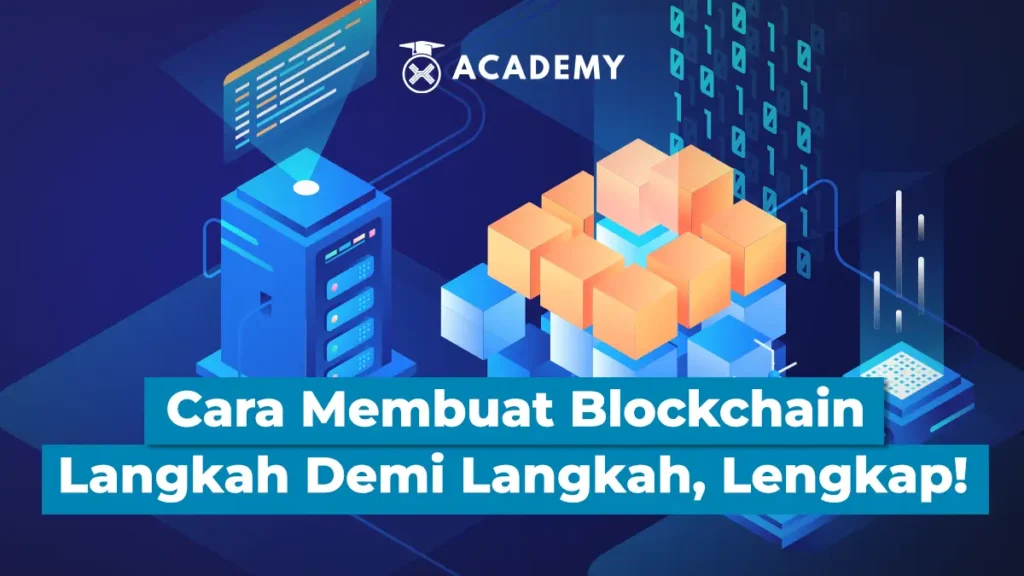
 Polkadot 10.18%
Polkadot 10.18%
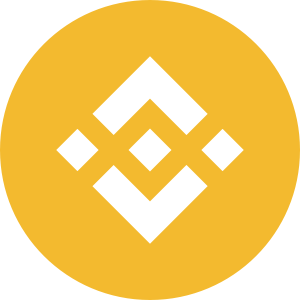 BNB 0.86%
BNB 0.86%
 Solana 4.89%
Solana 4.89%
 Ethereum 2.37%
Ethereum 2.37%
 Cardano 1.68%
Cardano 1.68%
 Polygon Ecosystem Token 2.13%
Polygon Ecosystem Token 2.13%
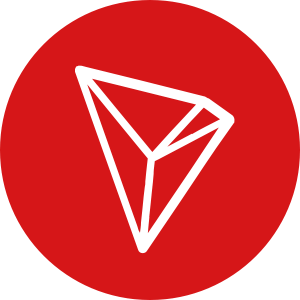 Tron 2.89%
Tron 2.89%
 Market
Market